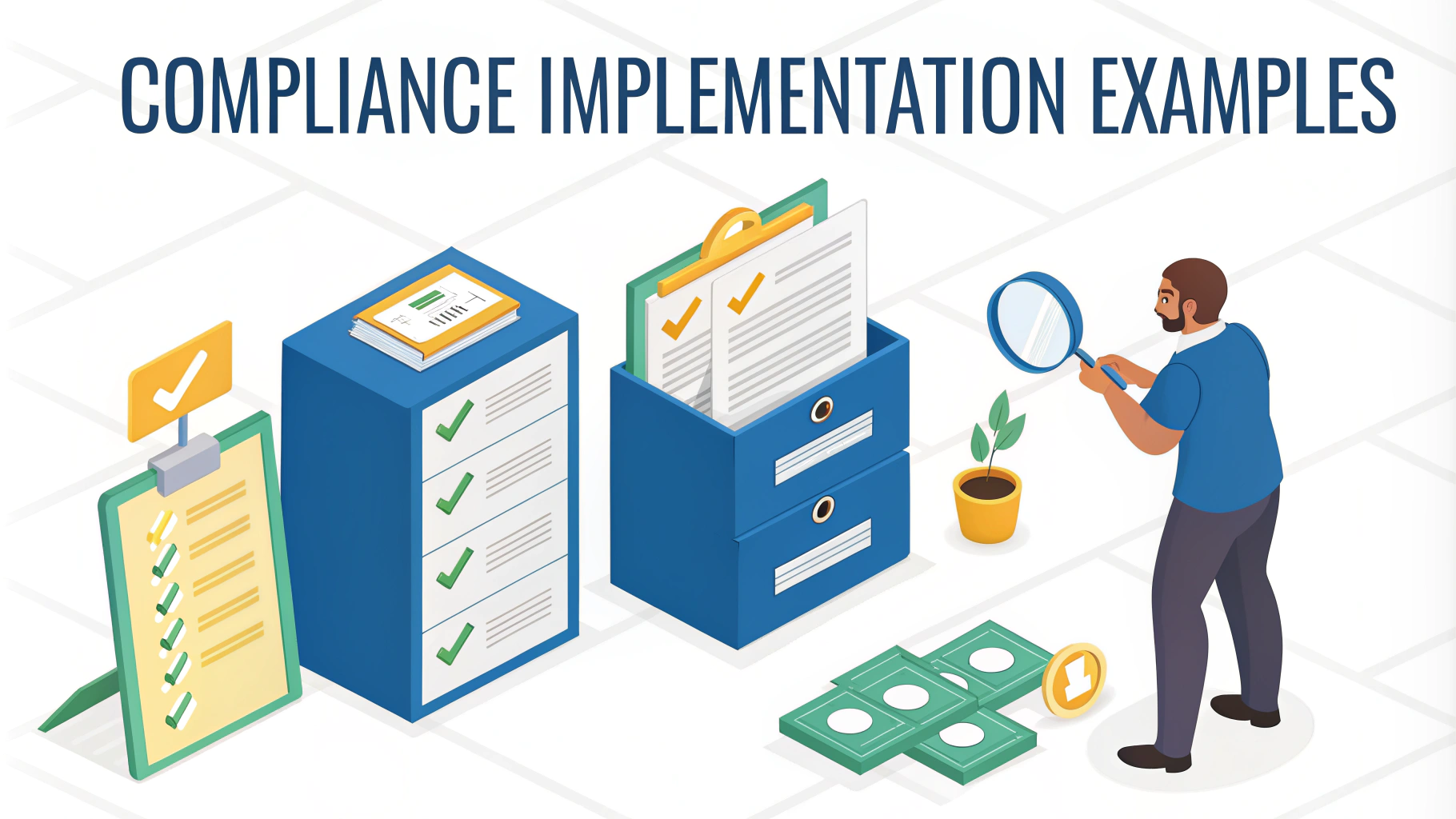Penetration testing creates valuable opportunities to learn from both successes and failures during security assessments.
Security professionals conducting these tests often uncover patterns and insights that can strengthen defensive strategies.
This guide explores key lessons learned from real-world penetration testing engagements to help improve your security testing approach.
Documentation Best Practices
- Record all findings in real-time using standardized templates
- Take detailed screenshots with timestamps for evidence
- Document successful and failed attempts equally
- Maintain separate logs for different testing phases
- Use version control for report drafts
Common Technical Findings
Misconfigured services remain the top vulnerability across organizations.
- Default credentials left unchanged
- Exposed administrative interfaces
- Unpatched software versions
- Weak password policies
- Insufficient network segmentation
Communication Insights
- Set clear expectations with stakeholders before testing begins
- Establish emergency contact protocols
- Provide regular status updates during testing
- Present findings in business-relevant terms
- Include remediation timelines in reports
Testing Methodology Improvements
Start with passive reconnaissance to minimize detection.
- Use automated tools strategically, not exclusively
- Validate findings manually to reduce false positives
- Test during off-peak hours when possible
- Document your methodology for repeatability
Risk Management Lessons
- Prioritize vulnerabilities based on business impact
- Consider attack chains, not just individual findings
- Track remediation progress systematically
- Review previous findings before new tests
- Maintain a knowledge base of common issues
Tool Selection Tips
| Tool Type | Best Use Case | Common Pitfalls |
|---|---|---|
| Network Scanners | Initial enumeration | Noisy, high false positives |
| Web Proxies | Application testing | Performance impact |
| Exploitation Frameworks | Proof of concept | Stability issues |
Moving Forward: Building on Experience
Apply these lessons to create a more robust testing program.
- Review and update testing procedures quarterly
- Share knowledge within your security team
- Build a custom toolkit based on proven tools
- Develop automated solutions for common tasks
- Stay current with new attack techniques and tools
Contact [email protected] for professional penetration testing services and consultation.
Implementation Strategies
Successful penetration testing requires a structured approach to implementing findings and recommendations.
- Create actionable remediation plans
- Establish metrics to measure security improvements
- Develop implementation priorities based on risk
- Set realistic timelines for fixes
- Monitor progress through follow-up assessments
Team Collaboration Frameworks
- Establish cross-functional security teams
- Define clear roles and responsibilities
- Create feedback loops between testers and defenders
- Share lessons learned across departments
- Maintain centralized knowledge repositories
Measurement and Metrics
| Metric Type | Purpose | Frequency |
|---|---|---|
| Time to Detection | Response efficiency | Per test |
| Fix Rate | Remediation speed | Monthly |
| Coverage | Testing scope | Quarterly |
Strengthening Security Through Continuous Learning
Transform testing insights into lasting security improvements.
- Integrate findings into security training programs
- Build automated testing pipelines
- Establish continuous assessment cycles
- Create feedback mechanisms for ongoing improvement
- Develop proactive security measures based on test results
FAQs
- What are the most important lessons to take away from failed penetration testing attempts?
Learn from failed exploits by documenting why they failed, improve enumeration techniques, understand the target environment better, and adjust methodologies accordingly. Failed attempts often reveal valuable information about security controls and system hardening. - How should penetration testers handle and report discovered zero-day vulnerabilities?
Document the vulnerability thoroughly, immediately notify the client through proper channels, avoid public disclosure, provide detailed reproduction steps, and work with the vendor for responsible disclosure if necessary. - What documentation practices are essential after completing a penetration test?
Maintain detailed logs of all testing activities, document successful and failed attempts, capture screenshots, record command outputs, maintain timestamped activities, and organize findings by severity levels. - How can penetration testers improve their lateral movement techniques based on past experiences?
Focus on privilege escalation paths, map network relationships, understand Active Directory structures, utilize living-off-the-land techniques, and maintain access while minimizing detection. - What are the common pitfalls in scope definition that penetration testers should avoid?
Ensure clear boundaries are defined, obtain written approval for testing ranges, verify test target ownership, understand excluded systems, and confirm testing windows and emergency contacts. - How should penetration testers adapt their methodology based on different environments?
Adjust techniques based on target infrastructure (cloud, on-premise, hybrid), consider compliance requirements, modify tools for specific environments, and account for security controls in place. - What are the key lessons regarding client communication during penetration testing?
Establish clear communication channels, provide regular updates, immediately report critical vulnerabilities, maintain professional documentation, and ensure findings are explained in business-relevant terms. - How can penetration testers improve their post-exploitation practices?
Focus on minimizing system impact, maintain detailed activity logs, clean up after testing, remove testing artifacts, and document all modified systems or configurations. - What are the essential backup procedures during penetration testing?
Maintain backups of testing data, document all successful exploit paths, save tool outputs, keep detailed notes of successful techniques, and preserve evidence of findings. - How should penetration testers handle discovered sensitive data?
Follow data handling procedures strictly, encrypt discovered sensitive information, avoid unnecessary data exfiltration, report exposure immediately, and ensure proper data disposal after testing.








